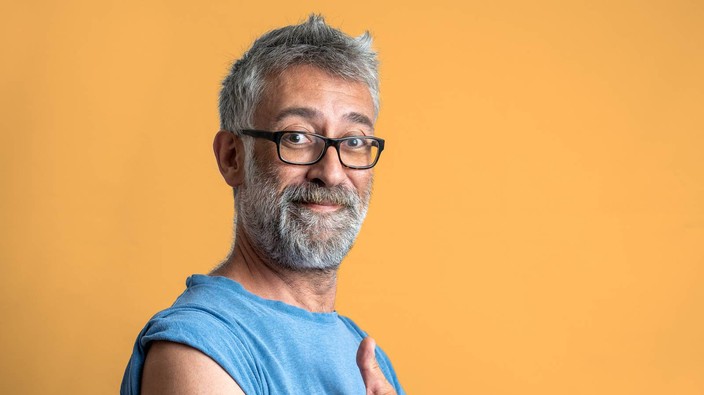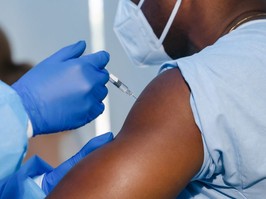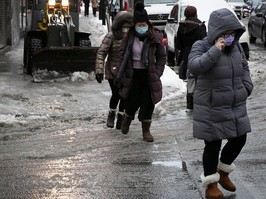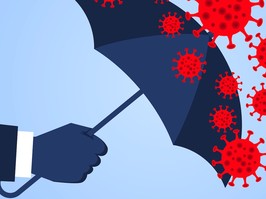strategies for feeling less fear around needles
the covid-19 pandemic has brought needle fear into the spotlight like nothing before.

there are science-backed strategies to help people who fear needles.
getty
by: meghan mcmurtrythink of the last time you were really afraid — and i mean terrified: cold sweats, trembling, pounding heart. now think about what it would be like to have that reaction if you saw a needle or even heard people talking about covid-19 vaccines.for about 1 in 10 people, this is their reality, and it matters for covid-19 vaccine campaigns. first, when we are highly anxious about something, we tend to avoid or delay it. second, experiencing high fear and a stress response can lead to escape behaviour (like leaving or acting aggressively), enduring the procedure under immense distress and experiencing symptoms of immunization stress-related responses, such as feeling dizzy or fainting. third, needle fears can, in turn, be increased by experiencing or hearing about an immunization stress-related responses from others.the critical thing to know is that these immunization stress-related responses do not result from something being wrong with the vaccine itself. instead, they can occur before, during and after injections due to a stress response. nonetheless, they can disrupt vaccination campaigns.the good news: there are science-backed strategies to help.
needle fear and vaccine hesitancy
vaccine hesitancy is complex because people delay or refuse vaccination for many reasons. a covid-19 poll showed that of canadians who did not plan on being vaccinated or were not sure, six to seven per cent had delayed previous vaccinations because of needle fear.as a clinical psychologist, i have researched and worked with individuals with different levels of needle fear from mild to extreme. some degree of fear of needles is common and occurs in most children, up to half of adolescents, and 20 to 30 per cent of people aged 20 to 40. much of my work focuses on children for three reasons:- they experience frequent needles due to recommended vaccination schedules;
- they are vulnerable to negative experiences from undermanaged pain; and
- these negative experiences can have lasting effects. in fact, most adults with high levels of needle fear report a negative previous experience.
science-backed strategies
the comfort, ask, relax, distract (card) system can help clinics, individuals and parents make the vaccination experience as comfortable as possible. if you are mildly to moderately fearful of needles and concerned about pain associated with covid-19 vaccinations, you will want to make a coping plan for before, during and after the injections.- what will you wear for easy access to your upper arms?
- what will you do while waiting at the clinic (read, listen to music, play a video game)?
- do you need to purchase a topical anesthetic to numb your skin at the injection site?
- how do you want the clinician to indicate they are starting, such as “one, two, three, here we go”?
- during the injection, decide if you want to look at it or away and tell the clinician what you need.
- during the procedure, do you want to talk about something else, play on your phone or listen to guided imagery?
- afterwards, how will you reward yourself and remember what helped? you could take a short video describing what went well to help you next time.
 5 minute read
5 minute read





